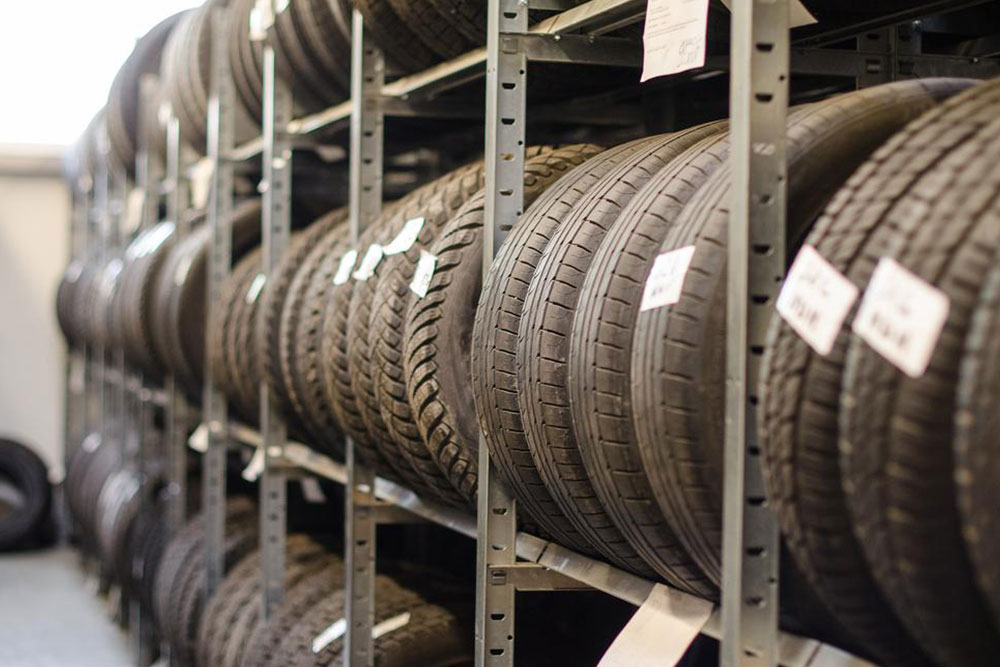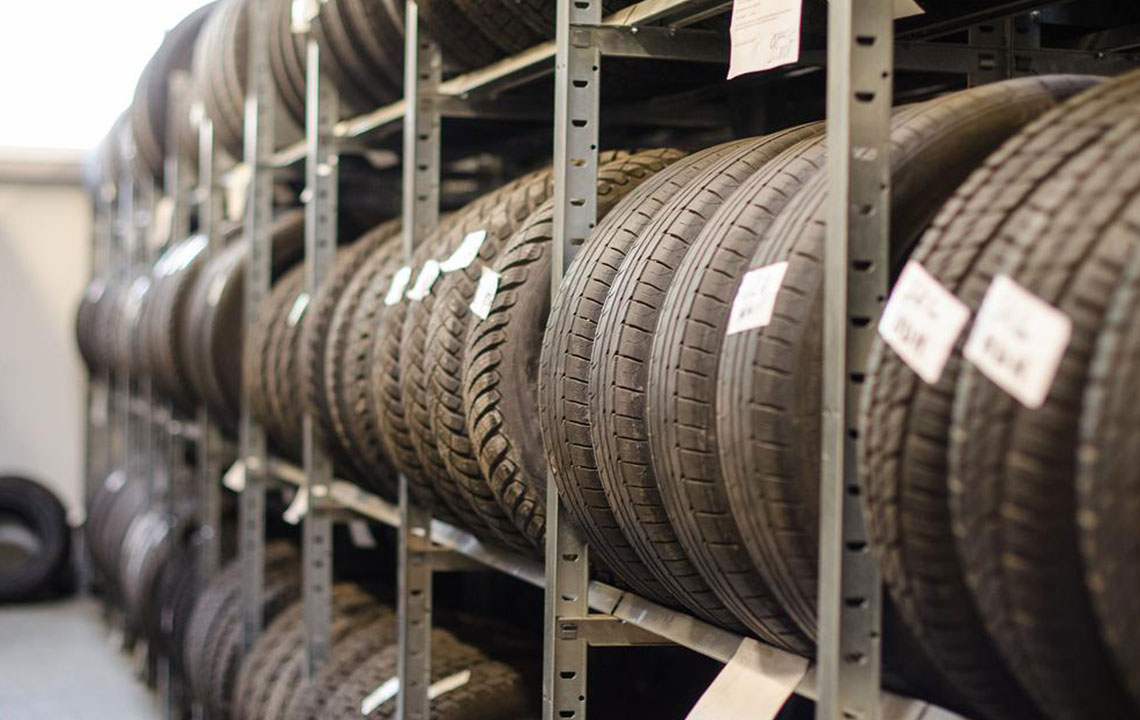The History and Development of Tire Technologies
This article explores the evolution of tire technology from ancient rubber extraction to modern innovations such as vulcanization and pneumatic tires. It highlights key innovations and their impact on industries like automotive and racing, emphasizing safety, durability, and performance enhancements that continue to drive tire development today.
Sponsored

The Evolution of Tire Technologies
Tires play a crucial role across various industries, serving as a economic indicator based on their production and usage. They come in countless types tailored for automobiles, motorcycles, tractors, trucks, and aircraft, each designed with specific features. The industry prioritizes durability, extended lifespan, enhanced grip, reduced friction for better fuel efficiency, and safety. Tires are engineered to perform on diverse surfaces and speeds, adapting to unique operational needs.
Historical use of rubber dates back over 3,500 years, originating with South American indigenous peoples who extracted latex from the Hevea Brasiliensis tree. This early latex was boiled to create rubber balls, later utilized by explorers like Columbus. In the late 1800s, solid rubber tires emerged, capable of supporting heavy loads and cushioning shocks. Prior to 1839, rubber was used in its natural form, but ongoing research aimed to enhance its properties.
Scientists like Thomas Hancock and Charles Goodyear significantly advanced rubber technology through vulcanization, which made rubber more flexible and durable. The invention of pneumatic tires by R.W. Thomson in 1845 introduced air-filled tubes within a leather casing, which prevented deflation after a puncture—a breakthrough despite initial skepticism. The racing industry eventually fueled further innovations, leading to a variety of specialized tires designed for safety, grip, and efficiency, driven by ongoing research and development efforts.





